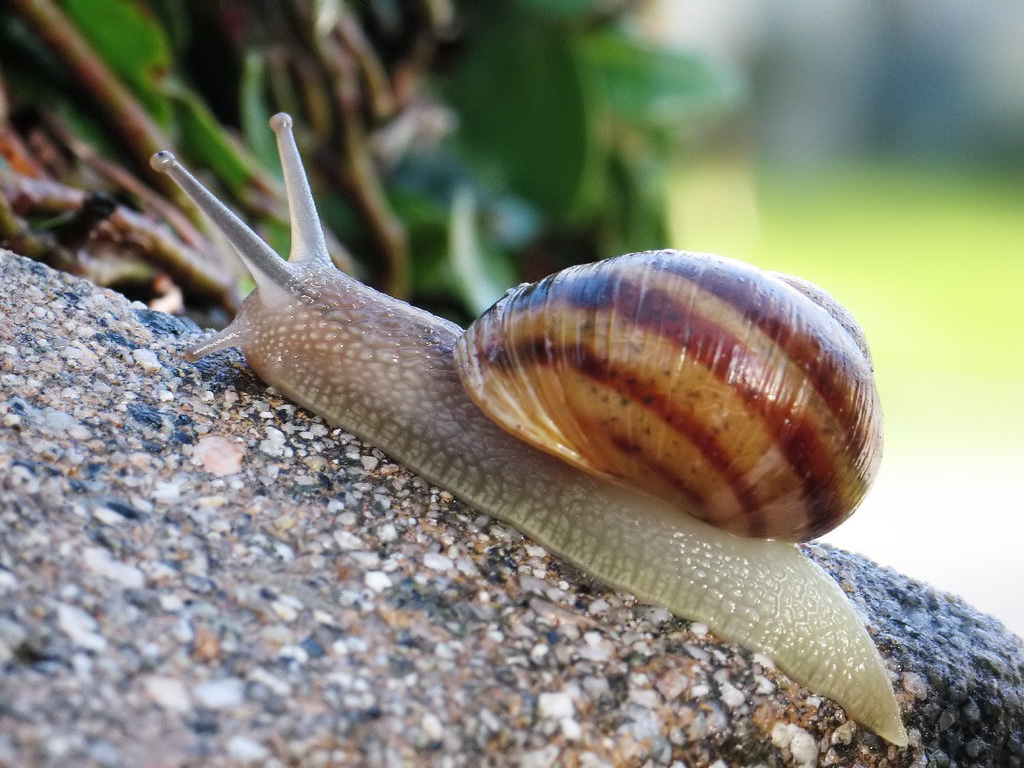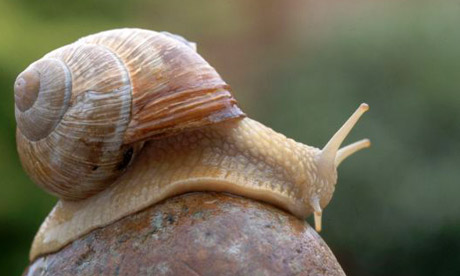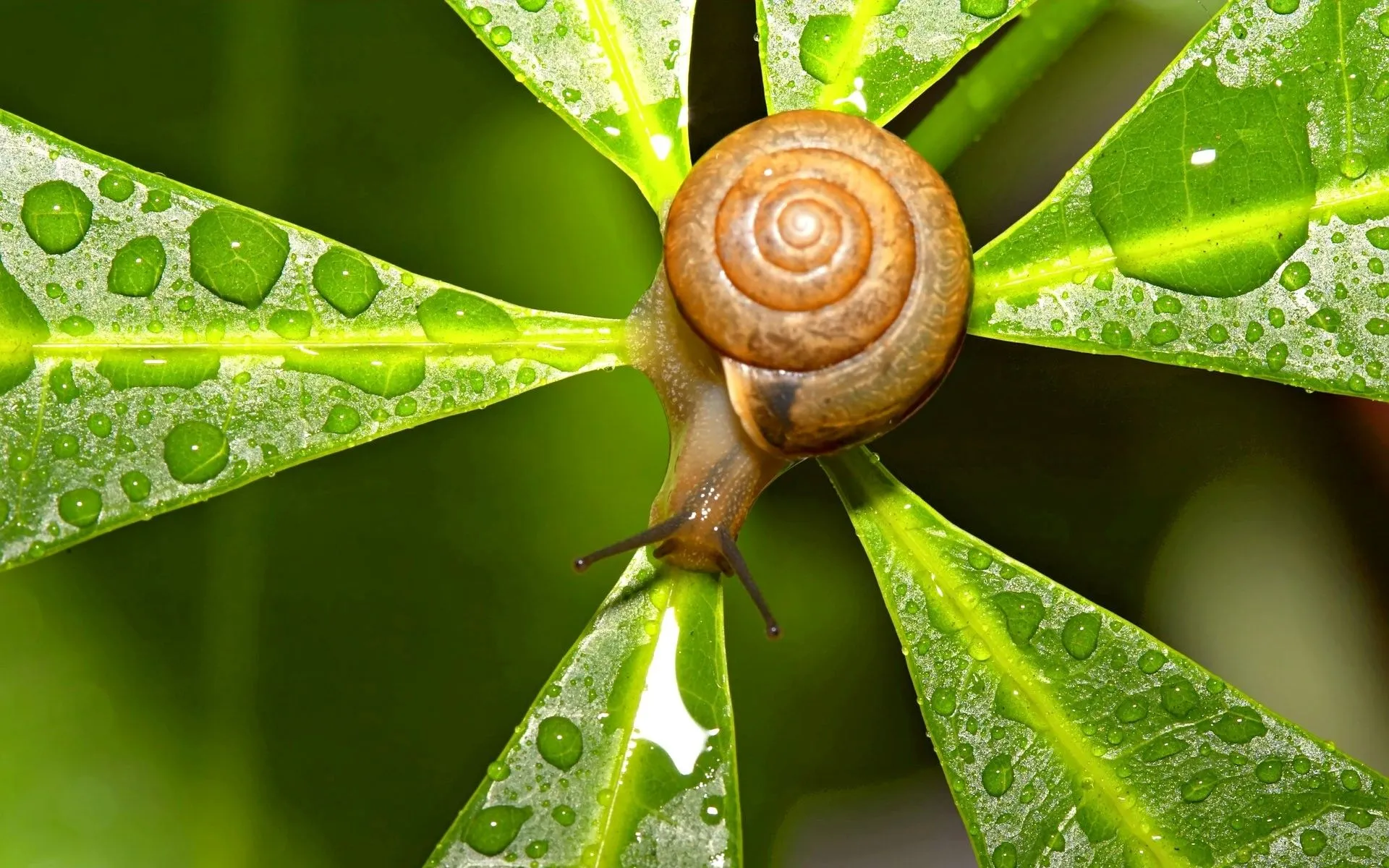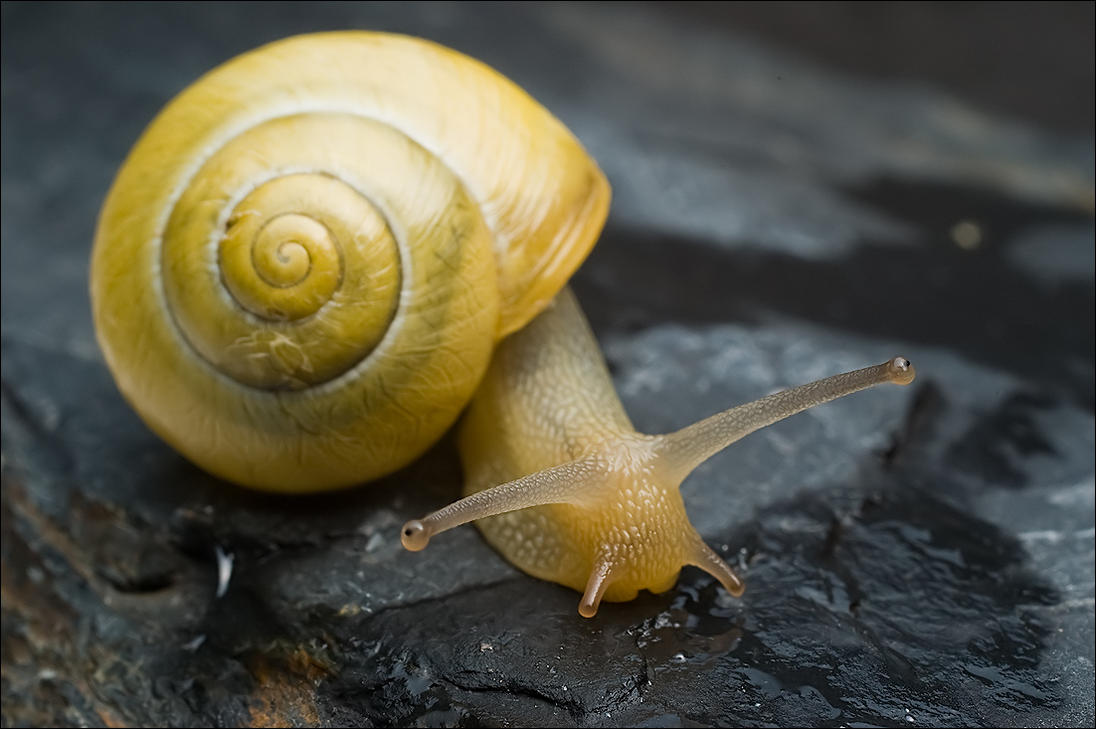Snail
The incredibly toxic venom of the geographic cone snail has to be strong
enough to paralyze instantly. Otherwise, the fish it preys on would
swim away to die, and the slow-moving gastropod would have nothing for
its efforts.Indigenous to the reefs of the Ind-Pacific, geographic cones grow to
about 6 inches (15 centimeters) in length and have intricately patterned
brown-and-white shells highly prized by shell collectors.The geographic cone is the most venomous of the 500 known cone snail
species, and several human deaths have been attributed to them. Their
venom, a complex concoction of hundreds of different toxins, is
delivered via a harpoonlike tooth propelled from an extendable
proboscis. There is no antivenin for a cone snail sting, and treatment
is limited to merely keeping victims alive until the toxins wear off.
















No comments:
Post a Comment